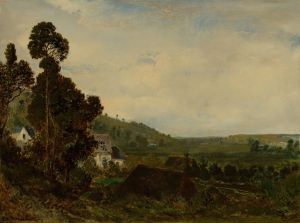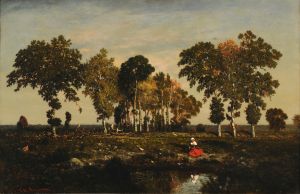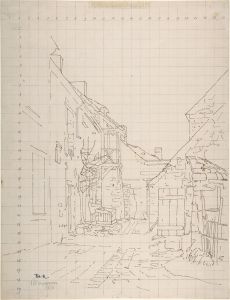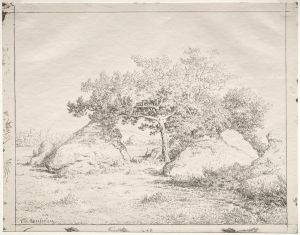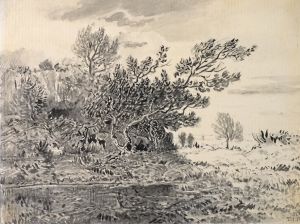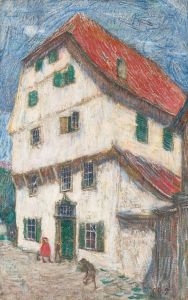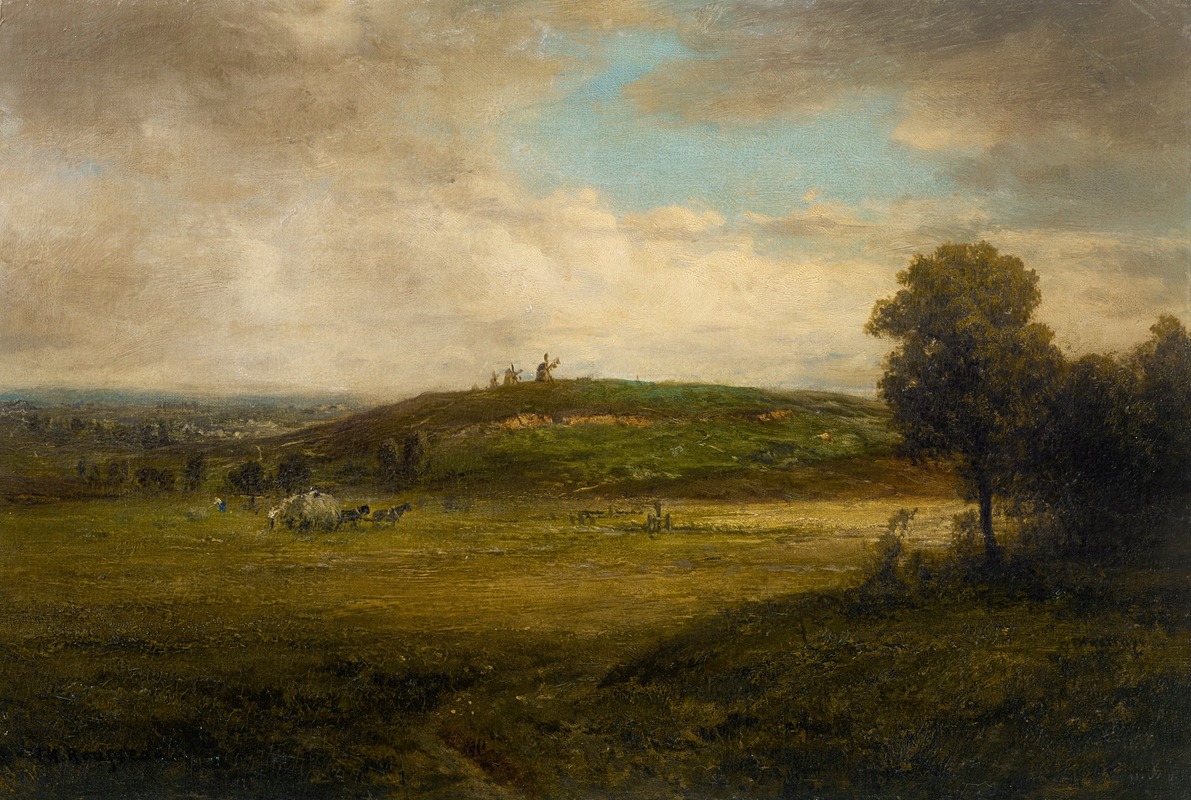
Les moulins de la butte, Montmartre
A hand-painted replica of Théodore Rousseau’s masterpiece Les moulins de la butte, Montmartre, meticulously crafted by professional artists to capture the true essence of the original. Each piece is created with museum-quality canvas and rare mineral pigments, carefully painted by experienced artists with delicate brushstrokes and rich, layered colors to perfectly recreate the texture of the original artwork. Unlike machine-printed reproductions, this hand-painted version brings the painting to life, infused with the artist’s emotions and skill in every stroke. Whether for personal collection or home decoration, it instantly elevates the artistic atmosphere of any space.
Théodore Rousseau, a prominent figure in the Barbizon School, is known for his landscape paintings that capture the natural beauty of rural France. One of his notable works is "Les moulins de la butte, Montmartre," which translates to "The Mills of the Hill, Montmartre." This painting is a significant representation of Rousseau's artistic style and his dedication to depicting the French countryside with authenticity and emotion.
"Les moulins de la butte, Montmartre" is a landscape painting that features the iconic windmills of Montmartre, a historic district in Paris known for its artistic heritage and picturesque scenery. During the 19th century, Montmartre was a rural area on the outskirts of Paris, characterized by its rolling hills and windmills, which were used for grinding grain. These windmills became a symbol of the area and were frequently depicted by artists of the time.
Rousseau's painting captures the essence of Montmartre before it became the bustling urban neighborhood it is today. The composition likely emphasizes the natural landscape, with the windmills serving as focal points against the backdrop of the sky and surrounding terrain. Rousseau's technique often involved a careful study of light and atmosphere, which he used to convey the mood and character of the landscape. His brushwork and use of color would have been instrumental in bringing the scene to life, highlighting the textures and forms of the natural environment.
As a leader of the Barbizon School, Rousseau was part of a movement that sought to break away from the formalism of academic art and instead focus on painting nature directly from observation. This approach was revolutionary at the time and laid the groundwork for later movements such as Impressionism. Rousseau and his contemporaries were dedicated to capturing the transient effects of light and weather, and their works often reflect a deep appreciation for the beauty and diversity of the French landscape.
"Les moulins de la butte, Montmartre" is an example of Rousseau's commitment to these principles. By choosing Montmartre as his subject, Rousseau not only documented a specific location but also contributed to the broader artistic narrative of the time, which celebrated the rural and the picturesque. His work provides insight into the historical landscape of Montmartre, offering a glimpse of its past before urbanization transformed it into the vibrant cultural hub it is known for today.
While specific details about the painting's creation, such as its exact date or current location, may not be readily available, its significance lies in its representation of Rousseau's artistic vision and the cultural context of 19th-century France. Through "Les moulins de la butte, Montmartre," Rousseau invites viewers to appreciate the serene beauty of the natural world and the timeless charm of Montmartre's historic windmills.





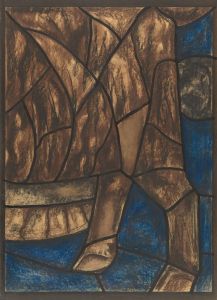
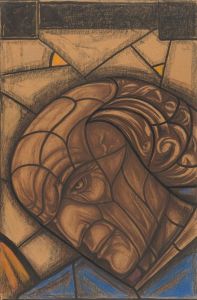
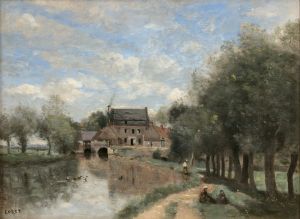
![Design drawings for Community Coffee Shops, Wilkes-Barre, PA.] [Proposed doors and lighting fixtures, Lumiline light fixture and door, elevations and plan](/imgs/249274/s/winold-reiss-design-drawings-for-community-coffee-shops-wilkesbarre-pa-proposed-doors-and-lighting-fixtures-lumiline-light-fixture-and-door-elevations-and-plan-c8102872.jpg)
![Design proposals for Puck Theater, New York, NY.] [Interior perspective study](/imgs/249305/s/winold-reiss-design-proposals-for-puck-theater-new-york-ny-interior-perspective-study-616c8d27.jpg)
![Interior design drawings for unidentified rooms.] [Sketch for interior, possibly hotel lobby](/imgs/249361/s/winold-reiss-interior-design-drawings-for-unidentified-rooms-sketch-for-interior-possibly-hotel-lobby-c271d10.jpg)
